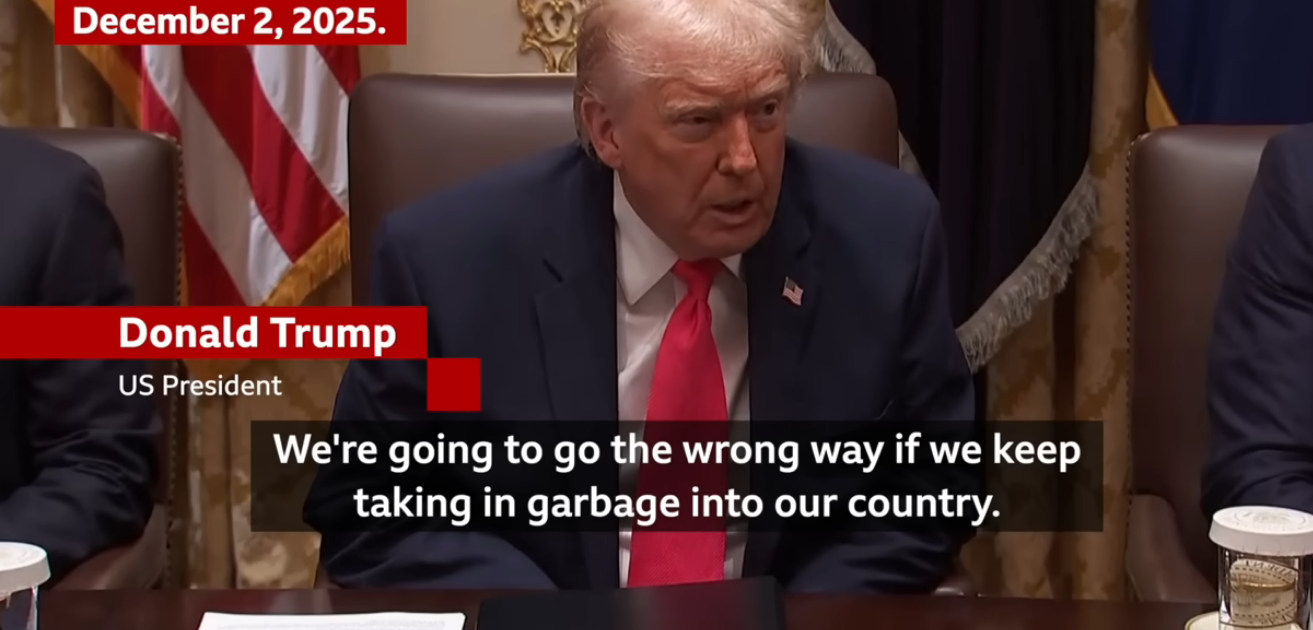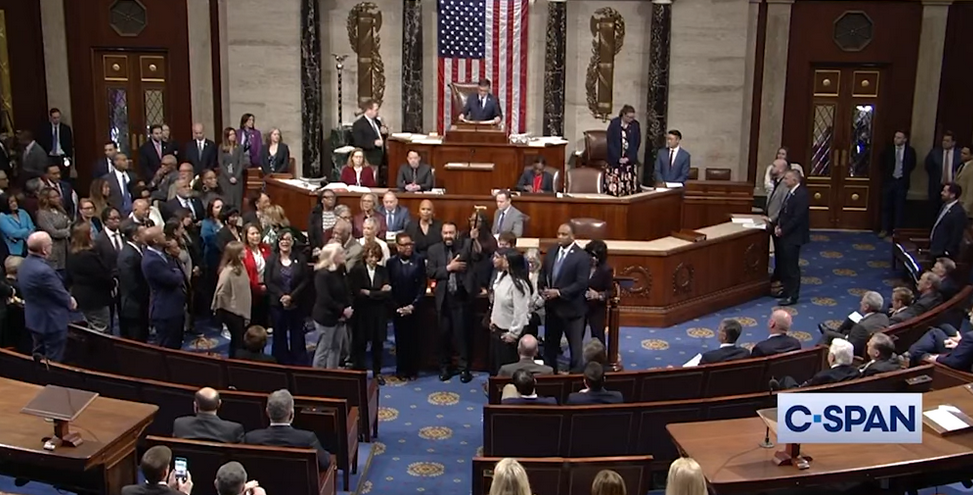Marian Wright Edelman
Executive Director of the Connecticut Commission on Children Elaine Zimmerman helps meet many child needs in her state including sharing advice to help children cope with terrible events. Some of our nation’s largest tragedies have hit Connecticut’s children close to home. Many lost family members who worked in New York City on September 11th.
Then there was the unimaginable heartbreak and horror of the mass shooting in Newtown, Connecticut which murdered 20 first graders and six beloved teachers in a place where families believed their children would be safe. But epidemic gun violence has shattered schools, colleges, and movie theaters and streets and homes all over America.
Connecticut children are far from alone in their fears of violence and terrorism. Constant stories about wars, desperate refugee parents and children, worries about attacks on places of worship, and the cumulative natural and unnatural devastation can make the world seem like a very scary, unpredictable place. So Elaine Zimmerman has shared suggestions she, as Executive Director of the Connecticut Commission on Children gives adults to help children cope with crisis and provide all children the security they desperately need.
Connect. Many children feel isolated, scared and confused. Counter that by giving them comfort and understanding.
Answer children’s questions directly and honestly whenever possible. Authentic response in tragedy is so important to children and youths. Listen carefully and answer. They may want to know just one answer, one detail. Then ask if there are other questions and make it clear that you will answer, to the best of your ability, whatever they are asking.
Provide a message of warmth and security. Children need to know that home is safe, so show them you love them and will protect them. There are no stronger barriers against the harmful effects of violent and chaotic behavior than love and a sense of connection.
Highlight steps to keep school safe. As a teacher, note strong school safety measures and explain that school is one of the safest places in our communities. As a parent, learn about new safety protocols, professional training, and building security for your own comfort, participation and messaging. Help children play and learn together in a relaxed manner.
Know what to do, as much as possible, in a disaster. Develop emergency plans that include roles for the children. Ensure they know adults are thinking about their safety.
Direct children to a school or community counselor who serves children and families if you perceive that the response they are showing might benefit from a professional conversation. Counseling, often short-term and focused, can be tremendously helpful when needed. Signs might include prolonged trouble eating or sleeping, bad dreams, or aggressive play. Find out what mental health supports are available at school and in your community.
Show antipathy to violence and hatred. Bullying and racial bias in school are local forms of the cruelty we see on the world stage. When children learn to respect each other, they begin to make their environments safer.
Honor heroes. In the attack on Sandy Hook Elementary School in Connecticut there were many heroes, including teachers, the principal, the police, neighbors, and many children. And there are many heroes every day. Help children see them and recognize them in our daily lives. Ask children who their heroes are. Mention yours. Talk about heroes together.
Honor good works and deeds. Pointing to the accomplishments of others creates examples for our children and youths. It also instills respect, caring, and hope.
Help children become everyday heroes. Give them purposeful ways to give back and realize their impact on the world.
Get back to normal. Do not let a tragedy leak into play, routine and normal activity. A most healing activity is the comfort of routine with other children and adults. It is the familiarity of the daily way of moving through the day, with all its ups and downs that comforts like a blanket.
Bring hope back that change can happen. For many, current events have put hope in a back drawer. We owe it to our children to reclaim it. Children need hope if they’re to lead in constructive, creative ways.
I am deeply grateful for resources like these. Children desperately need adults to help them process and cope within the violent and uncertain world we have created for them. They also need to see adults working with and for them to create a better, safer nation and world for tomorrow. Elaine Zimmerman, Executive Director, Connecticut Commission on Children reminds us that “[Children] want to repair the world. From the youngest to the oldest child, there is a stark awareness of the plight of others . . . To them, our world is unsafe, violent, hateful – and yet good. This is a healthy sign in a complex time.” Adults should join our children with urgency in repairing and building a world safe for every child.
Marian Wright Edelman is President of the Children’s Defense Fund whose Leave No Child Behind® mission is to ensure every child a Healthy Start, a Head Start, a Fair Start, a Safe Start and a Moral Start in life and successful passage to adulthood with the help of caring families and communities. For more information go to www.childrensdefense.org





